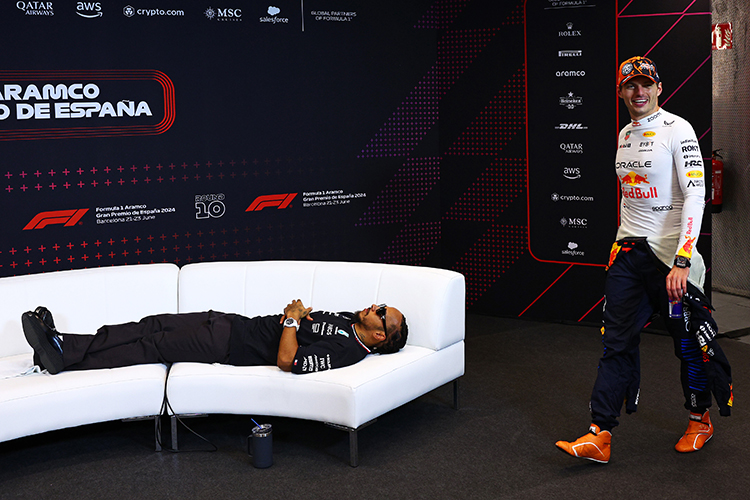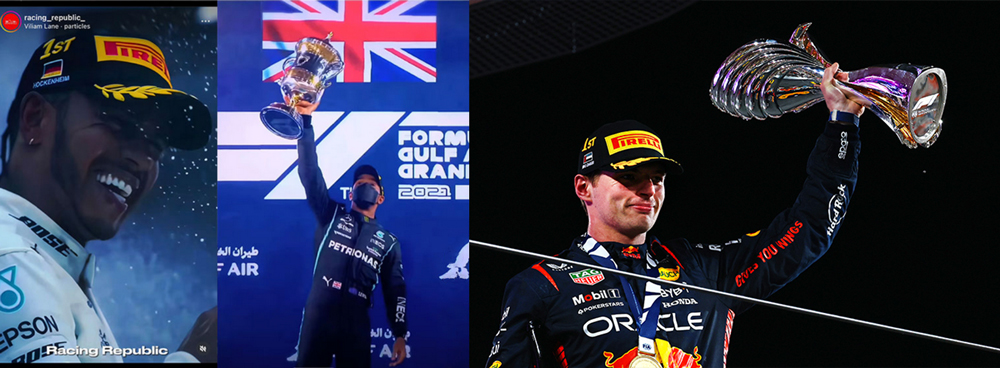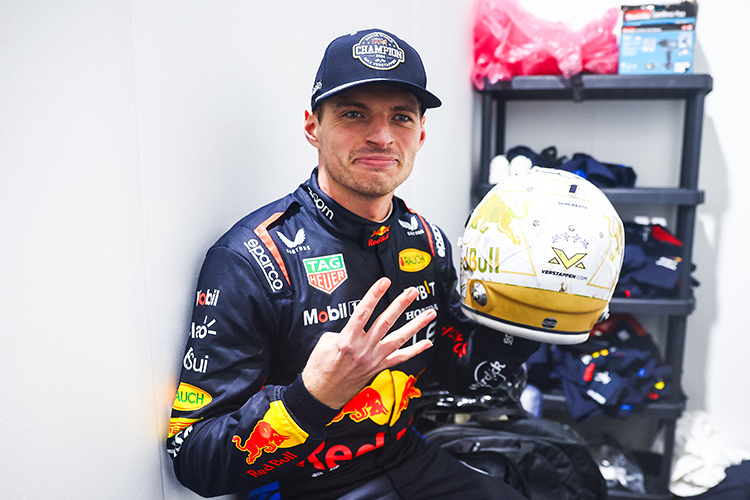Racing in Singapore: The Challenges of Heat, Humidity, and F1’s Toughest Grand Prix
Singapore Grand Prix pushes F1 drivers to the limit with extreme heat, humidity, and a relentless street circuit — the toughest test on the calendar.
If Monaco is a tightrope act and Monza is a sprint, Singapore is a marathon in a sauna at 300 km/h. Since its debut in 2008 as Formula 1’s first night race, the Singapore Grand Prix has built a reputation among drivers and engineers as the toughest test on the calendar. It’s not just the walls, the bumps, and the unrelenting sequence of corners—it’s the heat and humidity that turn two hours of racing into a physiological and strategic battle unlike any other.
A street circuit that saps strength
Marina Bay is a stop-start, low-speed street course that threads through downtown Singapore under thousands of floodlights. The modern layout has fewer corners than the original, but it’s still a high-intensity lap with precious little time to breathe. Overtaking is difficult, the walls are close, and the surface is bumpy enough to keep cars skipping and sliding. Add frequent Safety Cars and it’s a race where you have to be fast—and patient.
What makes Singapore unique isn’t just the urban setting. It’s that the event pushes up against F1’s two-hour time limit more often than almost any other Grand Prix. The lap count tweaks across layouts, but the recipe remains the same: a long, physically brutal race in conditions that punish both drivers and machinery.
The weather: hot, humid, relentless
Even at night, ambient temperatures hover around 28–32°C, and humidity can sit at 70–90%. Humidity is the killer: it blocks your body’s ability to evaporate sweat, the main way humans shed heat under load. In other words, your internal cooling system is suddenly working with a damp towel over the radiator.
Inside the cockpit, it’s hotter still. Drivers sit inches from hot power units, wrapped in multi-layer fireproof racewear with limited airflow. Cockpit temperatures can exceed 50°C, and surfaces drivers touch are often too hot to handle without gloves. Over a near two-hour stint, heart rates can average well above 160 bpm and core temperature can creep uncomfortably close to 39°C. Drivers routinely step out several kilograms lighter from fluid loss alone.
What that does to a driver
- Dehydration: Even a 2% loss in body mass from fluid can impair cognitive function and reaction time—bad news when you’re splitting millimeters at 270 km/h in a floodlit canyon. Drivers can lose 2–3 kg of sweat in Singapore.
- Heat stress: Elevated core temperature increases perceived effort and can affect decision-making. Fatigue makes it easier to miss a braking marker or lock an inside front into a wall.
- Grip and feel: Sweaty gloves and a slick steering wheel aren’t ideal when you need precision. Some drivers roughen grips or change glove materials for better feel here.
- Vision and focus: Visor fogging is a constant threat in humid conditions. Anti-fog coatings, tear-offs, and careful visor venting are part of the setup.
How drivers prepare for “the sauna GP”
- Heat acclimation: Weeks before the race, drivers include hot-weather runs, turbo trainer sessions, and sauna work to condition the body to sweat earlier and more efficiently.
- Pre-cooling: Ice vests, cold towels, and even ice slush drinks help lower skin and core temperature before lights out, buying a margin before heat stress kicks in.
- Hydration strategy: It’s not just water. Mixes include electrolytes—sodium, potassium, magnesium—to replace what’s lost in sweat and help maintain muscle function and cognition.
- Targeted conditioning: Neck and core strength are always key in F1, but Singapore adds sustained isometric load because there’s less straight-line recovery between corners.
- Sleep and “the night shift”: Teams often stay on European time to match the night schedule. Drivers use blackout curtains, blue-light exposure, and shifted meal times to protect circadian rhythm and arrive sharp at midnight.
Microclimate management in the cockpit
You’ll see drivers with fans blowing into their overalls, ice water hoses, and ice vests on the grid. In the car, a small drink system delivers sips via a tube—partly about fluids, partly about controlling mouth dryness and comfort. Balaclavas and helmets with optimized vents fight fogging without letting in too much hot, moist air. It’s a careful balance.
Why engineers call it a cooling war
Hot, humid air doesn’t cool very well. That has knock-on effects across the car:
- Power unit and ERS: Higher intake air temperatures and less efficient radiators mean tighter thermal margins for the engine, turbo, energy store, and electronics. Teams open up bodywork gills and louvres to expel heat—an aerodynamic compromise.
- Brakes: Marina Bay’s stop-start layout hammers the brakes, but low speeds reduce airflow through the ducts. Too cool, you risk glazing; too hot, and fade or long pedal comes into play. Duct sizing and blanking become a fine art.
- Gearbox and hydraulics: Long periods at high temperatures fatigue oils and seals. Reliability maps dictate how hard teams can push.
- Tyres: The track’s many traction zones chew rear tyres. With little high-speed load to energize the fronts, warm-up can be tricky, yet surface temps spike quickly in traffic. Managing carcass and surface temperatures is a constant job for the driver.
Set-up and strategy: compromise everywhere
- Aero vs cooling: Opening up cooling costs downforce and adds drag, but you can’t finish if you cook the power unit. Teams bring Singapore-specific cooling options and often run higher-downforce wings for mechanical grip out of slow corners.
- Gearing and deployment: ERS deployment maps are tuned for repeated accelerations and thermal limits. Lift-and-coast isn’t just about fuel here; it’s a key tool to manage temperatures and brake life.
- Safety Car probability: Historically high. Strategy windows are built around likely interruptions. The undercut is powerful on warm tyres, but track position is gold when overtaking is tough.
- Pit lane and mistakes: A long, busy pit lane in extreme humidity challenges crews too. Wet gloves, slick concrete, and fatigue are fertile ground for slow stops.
- Tyre choice: One-stops can work if you baby the rears, but Safety Cars often scramble plans. Two-stops give flexibility if you’re out of position and need to pass.
Driving the lap: patience under pressure
Singapore demands relentless concentration. The walls narrow your vision, the bumps kick the car off line, and many corners look alike under lights. You brake late, rotate on a knife edge, and power out without lighting up the rears. There are few proper rest straights; micro-errors compound quickly.
Good laps are built on rhythm:
- Smooth energy: Manage battery deployment and harvest points so you’ve got punch where it counts.
- Temperature discipline: Back off a lap to cool tyres and brakes before a push. Lose it once, and you can spend five laps trying to get the car back in its window.
- Risk management: Commit enough to stay in DRS trains without clipping a wall. That razor’s edge is why “banker” laps matter in both qualifying and the race.
The night race that plays with your head
Floodlights turn night into day, but the schedule plays tricks on the body. Sessions start late; dinners happen after midnight; media runs in the early hours. Hotels black out windows. Mechanics eat breakfast at dusk. That’s by design—staying on a European clock minimizes jet lag and keeps everyone’s peak performance aligned with the night start. Even so, the sensory load—glare from lights, reflections on a still-damp track, heat radiating off concrete—adds to decision fatigue.
A track that bites—and that’s why it thrills
Singapore’s theatre is part of the draw. The skyline backdrops, fireworks, and concerts make it a destination weekend. On track, the narrative is usually tense rather than frenetic: strategy gambits, Safety Car timing, DRS trains, and late-race tyre life create slow-burn drama. And when chaos comes—rain in the tropics or a first-lap squeeze—it’s spectacular.
A few memorable Singapore signatures
- The inaugural night race in 2008 set the template for F1’s after-dark spectacles.
- Multiple editions have bumped against the two-hour limit, underlining the race’s brutal length.
- Rain has occasionally turned the circuit into a glistening chessboard, with visibility and grip on a knife edge.
- Smart racecraft can win the day: using DRS trains to defend, backing rivals into thermal trouble, and timing stops around Safety Cars have all featured in winning strategies.
Why drivers still love it
Ask up and down the paddock and you’ll hear a version of the same confession: Singapore hurts, but it’s satisfying. Conquering Marina Bay demands preparation, discipline, and nerve. The feedback loop is immediate—every lift, every curb strike, every degree of tyre temperature shows up in lap time. Nail it for two hours, and you’ve passed one of F1’s toughest exams.
What to watch for on race week
- Bodywork changes: Look for extra cooling vents and open louvres on cars compared with cooler races.
- Helmets and kit: Drivers may tweak vents and visors; you’ll spot ice vests and cooling fans on the grid.
- Practice long runs: Teams will focus on tyre life and brake management instead of headline lap times.
- Safety Car timing: Early pit stops can make or break afternoons here; watch who commits and who stays out.
- Late-race pace drops: Drivers who’ve overcooked tyres or brakes early often pay in the final 15 laps.
The verdict
Singapore is F1’s crucible—brutal heat, heavy humidity, a relentless layout, and a race that tests every system in driver and car. It’s as much about physiology and thermal management as outright speed. That’s why victories here feel bigger, why mistakes are costlier, and why the paddock breathes just a little deeper when the fireworks finally fade over Marina Bay.
Up Next



